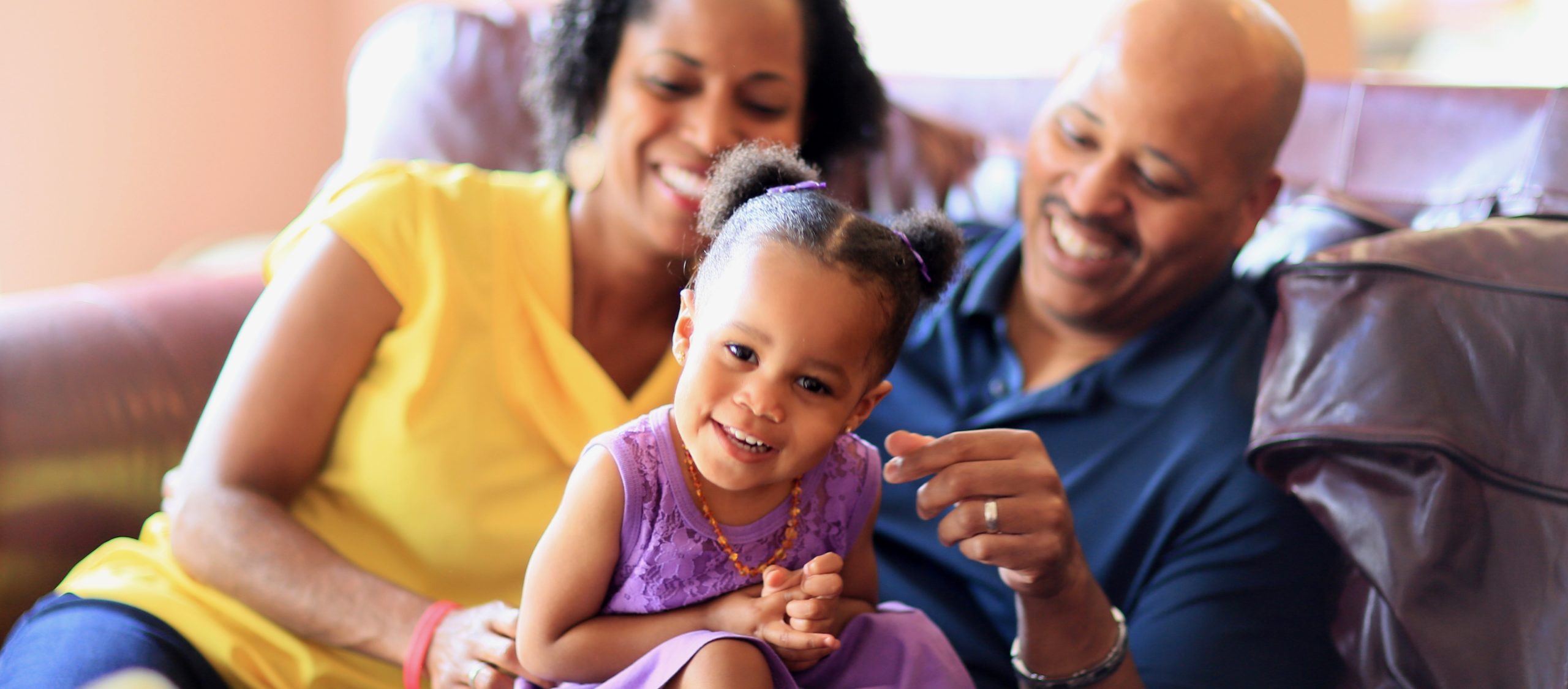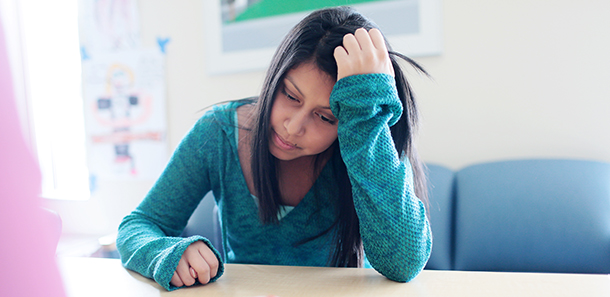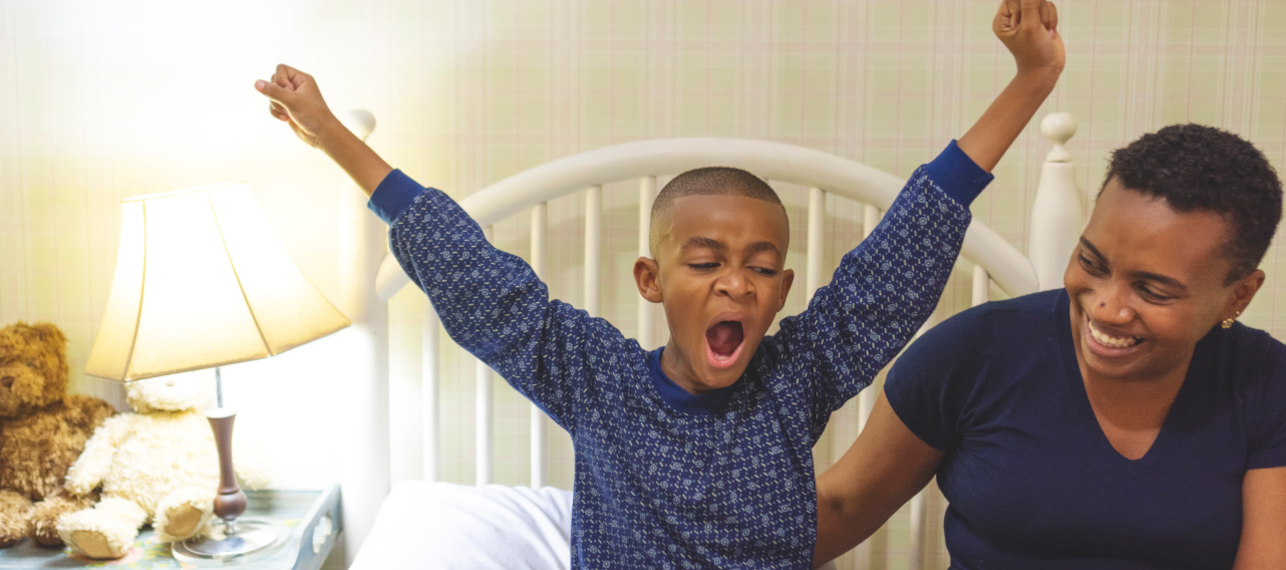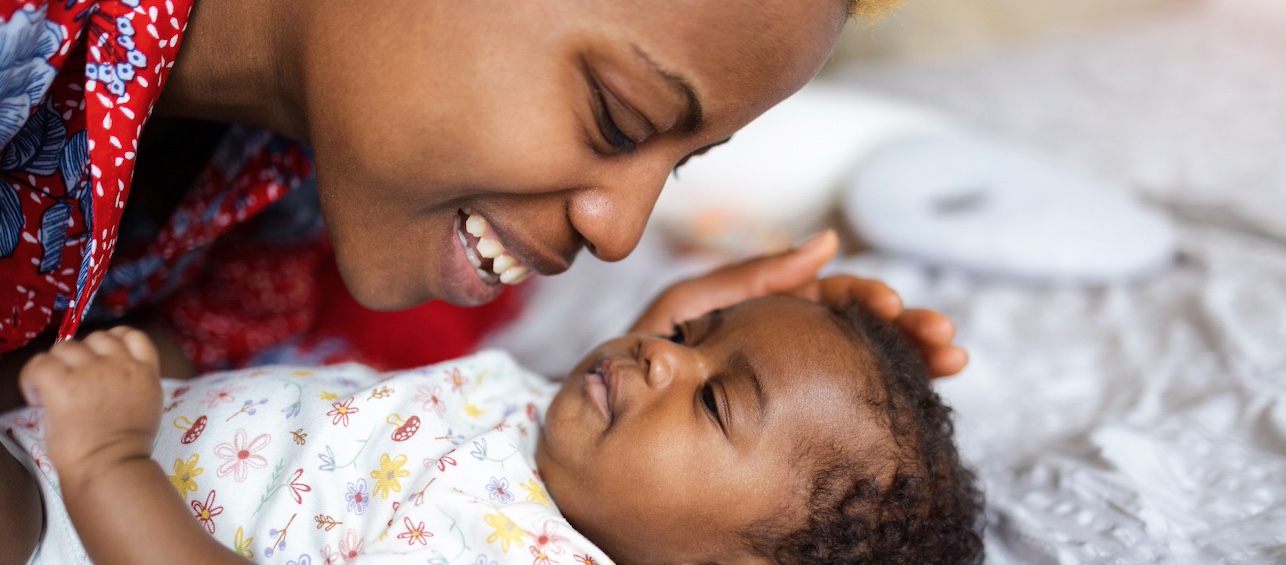As people around the country deal with longer and longer periods of isolation due to COVID-19, we asked Dr. Robert Frenck, medical director of the division of infectious diseases at Cincinnati Children’s, to answer some common questions from families living in this uncertain time.
Is it safe to accept mail and packages in light of COVID-19 concerns?
We still are learning about the length of time the virus can survive off the body. It appears the virus MAY be able to live up to 24 hours on cardboard but less so on paper. That would be under an ideal environment for the virus. The likelihood that mail or a package would be able to transmit the virus is quite low. If you wanted to be as safe as possible, you could wash your hands after opening the package and you could use a letter opener for letters. However, this likely is more than required
Do you need to sanitize your produce or grocery bags when you get home from the store?
I would say the same here. It is unlikely that the virus can live more than a few hours on food. But, if you have fresh produce, you can wash it to decrease the risk of acquiring coronavirus or other foodborne infections
Is it safe to order takeout or have food delivered?
Any viral contamination likely would be killed in the cooking. The biggest risk from take out or delivery would be the hands of the server. If they are using good hygiene and wearing gloves, the risk should be minimal.
Should you wash your clothes after coming home from the store, going on a walk, etc.?
No. The only exception would be if someone coughed or sneezed directly on your clothes.
How can families best cope with self-isolating one, or multiple members, within a shared home?
Maintaining social distancing within a house is not fun, but it is possible. If you are parents with a young child, there is only so much that is possible. If you have been exposed, or are sick, are there friends or family members outside the home that can take your children until you are well, or the period of incubation has passed?
Wash your hands well (20 seconds with soap and water or hand sanitizer with at least 60% alcohol) after touching your child and do not touch your face until you have washed your hands. If one parent is sick or exposed, you need to isolate yourself and have the other parent assume parenting responsibilities.
I know that is easier said than done but maintaining a separation of space is critical to stop the spread of the infection. Also, please DON’T have big family gatherings during this period of “shelter in place”. This type of gathering inevitably will lead to close interactions that will facilitate spread of the infection. We can have the big party once we have weathered the pandemic.
Do you have any other tips from preventing coronavirus from entering your home?
The main mode of transmission is droplet. That means that the virus is in the mucus that comes out when you sneeze or cough. The maximum distance the particles travel is about five feet, which is why that is the area of social distancing recommended. It is not that there is virus floating around an infected person, but as you don’t know when someone may sneeze or cough, being that far away protects you.
The other means of transmission is direct spread from one person to another. The most common situation is when someone coughs or sneezes into their hand and then shakes hands with you and you touch your face (particularly eyes/nose/mouth).
The last mode of transmission is by touching infected surfaces, which is why the recommendation to clean/disinfect at least daily surfaces that are heavily touched. You can use regular household cleaners. If the surface can have bleach on it, then a dilute bleach solution is a good disinfectant. Alcohol products with at least 60% alcohol also are good disinfectants.





